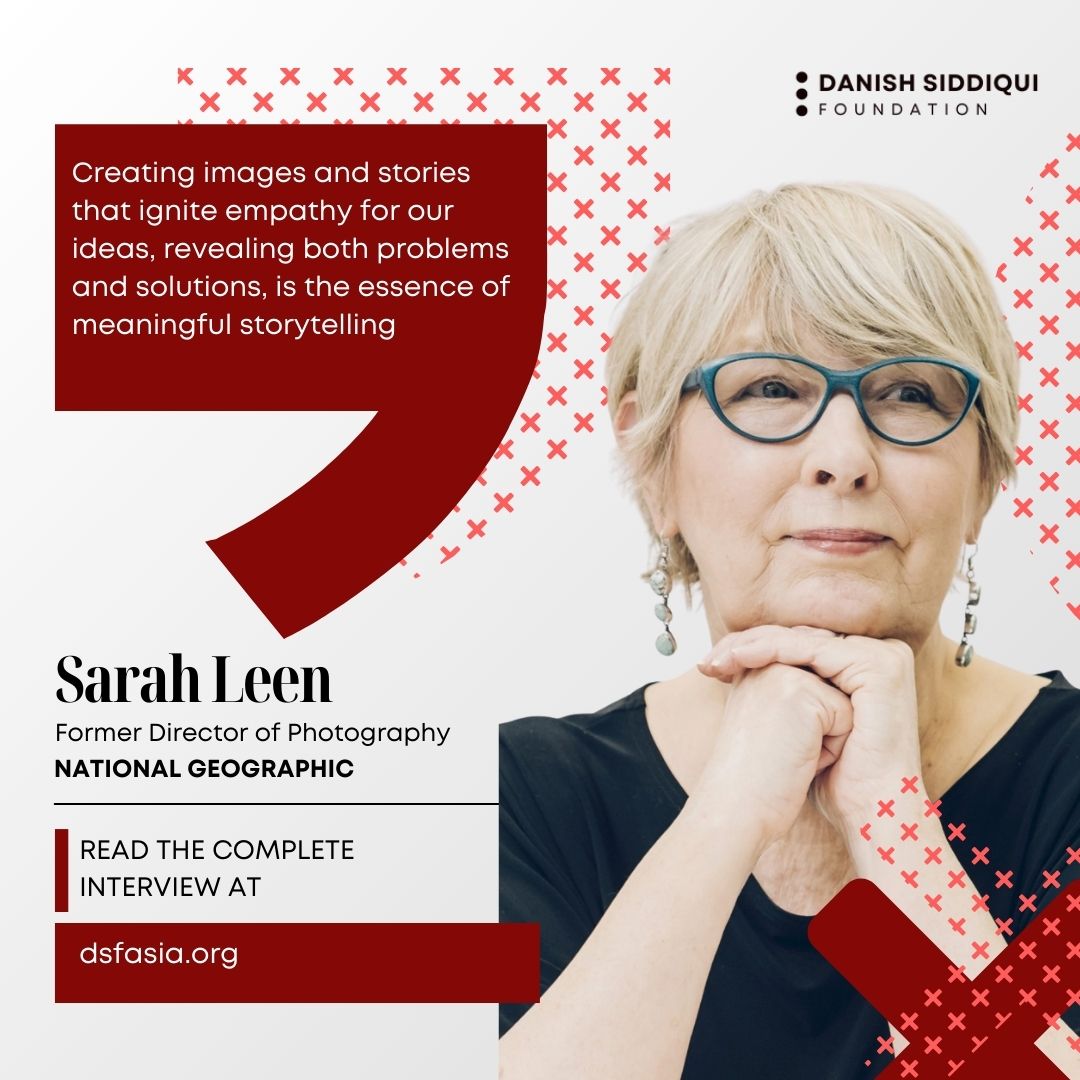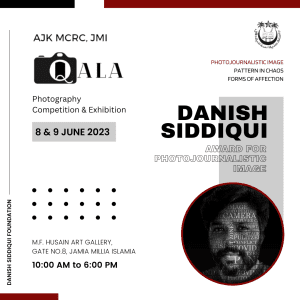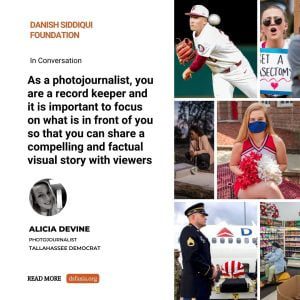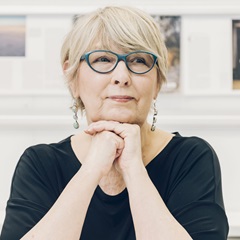
Can you share your journey as a photographer and how it led you to become the first female Director of Photography for National Geographic Magazine and Visual Media?
I was very fortunate that while I was a photojournalism student at the University of Missouri (Columbia) School of Journalism, I won the College Photographer of the Year contest (I was also the first woman to do so!). The prize was an internship at National Geographic magazine. During that internship, I photographed my first story. I went on to work for some newspapers but always dreamed of returning to the National Geographic. I started to pitch story ideas to them and finally had one accepted. So, I quit my staff job at the Philadelphia Inquirer newspaper I was working and started my freelance photo career. After working for nearly 20 years, publishing 16 stories for NatGeo, and having five covers, I began to think about working as a photo editor, which I had learned to love doing through teaching photo workshops.
So when a staff opening arrived, I applied and got the job. For nearly ten years, I worked as a Senior Photo Editor. In 2013, I was promoted to Director of Photography by the editor-in-chief of the magazine, Chris Johns.
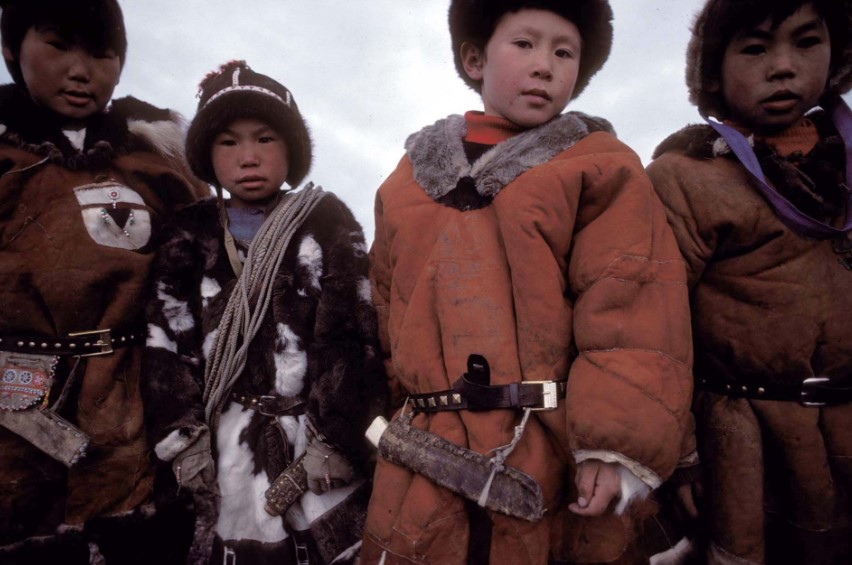
As the Director of Photography, you led a diverse team of professionals. How did you foster creativity and collaboration among them to create impactful visual storytelling?
Managing a team of 30+ individuals, from the studio photographers to the photo editors of Traveler magazine, National Geographic magazine, and the digital photo team, was challenging. But they were all a very collaborative team, especially with one another. They always supported each other with helpful information, feedback, and tips. I also tried very hard to introduce new photographers to the team so that we were all constantly looking for a diverse group of unique visual voices telling our stories. Every time a photographer would drop by to show a portfolio, we would gather as many on the team as possible to see the presentations. We were all very committed to diversifying the visual voice and styles we published in print and online.
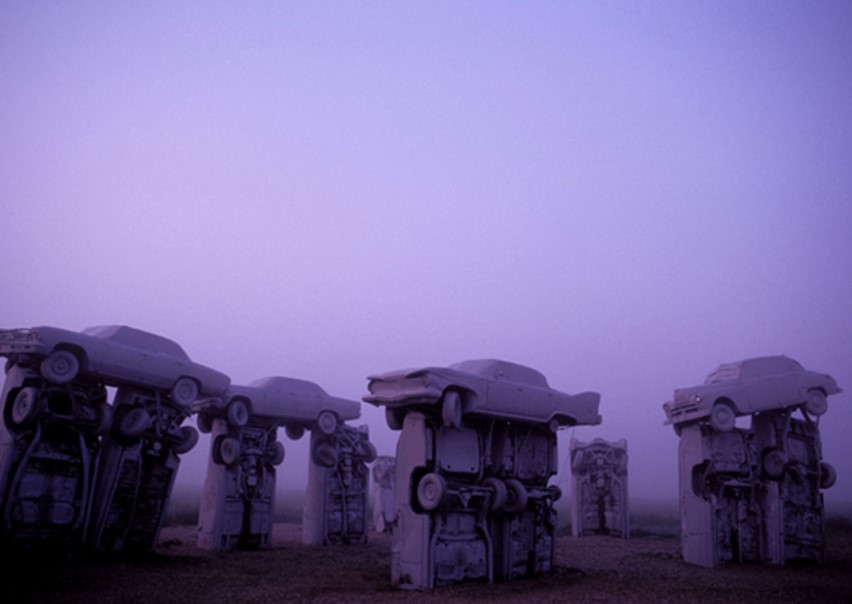
With nearly 20 years of experience as a freelance photographer for National Geographic, how did your background in photography shape your approach to photo editing and visual storytelling?
Having worked as a photographer, I understand what it is like to be in the field for weeks working on a story. That experience gave me the tools to help the photographer achieve the goals for the story, brainstorm solutions to the challenges they faced, and elevate their vision and expertise. Much of being a photo editor is supporting the photographer in any way possible.
Co-founding The Visual Thinking Collective was a significant step in your career. What inspired you to create this community, and how does it serve photographers, media, and art institutions in unique and authentic ways?
One of the things I knew I would miss upon leaving National Geographic was the community I was working in. I thought about creating a supportive community for other independent photo editors, producers, curators, and teachers. Our small team is available for mentoring, curating, and consulting on projects, grants, contest entries, etc. We also engage in photo editing photographer’s projects and photo books. We also have co-curated exhibits at Photoville, an annual photo festival in Brooklyn, New York.

Your work as a photo editor on various photography books has received critical acclaim. How do you approach the process of editing and curating images to create cohesive and compelling narratives?
Working on photography books has been among my greatest joys since leaving National Geographic. I have been very fortunate to work with some fantastic photographers and with the publisher FotoEvidence. I have edited seven books since leaving NatGeo. Moving from editing for a magazine to editing books is like playing checkers to 3-D chess! So many variables affect the edit, especially the book’s design, size, number of pages, etc. I have learned much about bookmaking to do this work well.
First, I have a long conversation with the photographer about their work and their goals for the book. A book is such a personal statement that the photographer’s dreams for their book are paramount. Then, I ask to see an extensive edit so that I can understand the photographer’s work and style. I often look at their social media feeds, read interviews about them, and generally get to know them differently.
As I look at the work, I first make selections, often purely on aesthetics and the emotional content of the images. I want to understand how the photos make me feel. I am also looking for what is the story that these images are telling.
I have many meetings going over the edits with the photographers and making sequences that enhance the message and story the photographer wants to tell. We work together till we are both happy with the results. It is a beautiful process that I am just loving.
Books I have edited to date:
- Habibi by Antonio Facciolongo-FotoEvidence 2020
- Like a Bird by Johanna-Maria Fritz, Self-published 2021
- Anders Wo by Petra Barth-Schilt Publishing 2021
- Phoenician Collapse by Diego Ibarra Sanchez- FotoEvidence 2022
- We Cry in Silence by Smita Sharma- FotoEvidence 2022
- A Troubled Home by Anush Babajanyan, Self-published 2022
- Ukraine: A War Crime by 93 Photographers- FotoEvidence 2023
As a mentor and educator, you have taught photography and photo editing at various workshops and institutions. How do you encourage aspiring photographers to develop their visual storytelling skills and find their unique voice?
One of the most significant challenges for photographers is finding their visual voice and point of view. That can take years of hard work to achieve. Still, it always begins with your passion, what you are drawn to photograph in the world, and whether you can make images that will make people feel something. Finding a personal way to express a universal theme can be a strong direction to pursue when looking for and visualizing a story.
In my early workshops as a photographer, I helped photographers understand narrative and how to approach an idea by knowing what story you are trying to tell and what the images will help tell it. I am also keen on determining the differences between a “topic” and a “story.” Many photographers are focused on the “text” in terms of what the story is about and need to shift into thinking about using visual language to tell the story. We are image makers. We need to be the ones who make the images that can do what the text cannot. So, think about the ways and situations to make the best images for the story that will transport and engage the viewers.
When I shifted to photo editing, I started to teach classes to photographers working on long-term projects who needed help organizing, editing, and sequencing the work. In that scenario, we collect and edit the work to express what the photographer wishes to say with their images. As there is no perfect edit for any project, we explore various alternatives the edit could take. We also look to see if something that needs to be added could still be added to complete the narrative. The end product for the work is critical to how you edit and sequence it, as a book will be different than an exhibit, which will be other than an online story. Each platform is unique in how the viewer will engage with the work.
Also, it is essential to take your time. Sometimes, your first reaction will not be the same after some time passes, and you look at the work again.
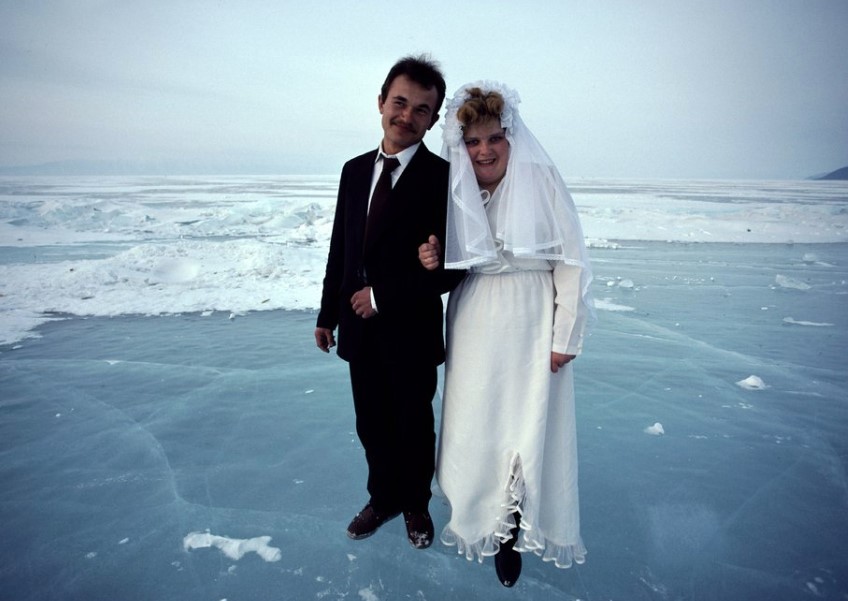
Editing for prestigious contests and awards involves evaluating numerous submissions. What criteria do you consider when selecting winning photographs, and how do you identify images with powerful storytelling potential?
When working as a juror for contests and awards, I begin by looking for the images that move me in some way emotionally or for their singular beauty, or the surprise they may contain, or for the uniqueness of the idea and approach to a topic or story. I am looking for that personal vision that will show me something in a fresh way. I am looking for images that have substance as well as style. I stay close and aware of my emotions and how the work affects me. Trust your feelings.
Your involvement in conservation photography, including being on the Board of the International League of Conservation Photographers, highlights the role of photography in raising awareness about environmental issues. How do you see the impact of visual storytelling in influencing public perception and action on conservation?
Most photographers I know and work with would like to make an impact, i.e., make a difference with their work. There are well-documented cases where photographs have affected public opinion and created change. This is why we must keep trying to create images and tell stories that make people care about our ideas and then show them the problems and the solutions. Making work that matters is a worthy goal. We must also offer people a way forward, including Wonder and Worry.

Your work in curating exhibitions has taken you to various venues. What considerations do you consider when curating an exhibition to create an engaging and immersive experience for the audience?
Exhibitions are such an entirely different thing than linear storytelling. For an exhibition, it is essential to remember that you have no control over how the person will interact with the work. They can walk in any direction, skip parts of it, and come back, read or not read the captions and information. It is essential to understand the location, where the entrances and exits are, the size of the space, and the lighting. All will affect how the work is perceived. I often create small groupings that might be seen together on the wall if that helps emphasize an idea in the work. Depending on the work’s style and the space’s size, should there be some large images to create an impact? If there is video, can you have a separate dark space for that, and if not, can you have headphones for the sound? Can you put the necessary type on the walls at a larger size? Can you paste large images directly to the walls? There are many, many things to consider, which makes it a challenge. Still, it is also wonderful fun to curate an exhibition.
Looking ahead, what are your goals and aspirations for the future, both as a photographer and a photo editor? How do you plan to continue contributing to the field of visual storytelling?
My greatest pleasure is to work with photographers in a meaningful way, whether it is on a photography book or as a mentor or a teacher. I love the one-on-one opportunity to work with photographers to create something unique, advance their careers, and help them overcome a challenge they are having. I plan to continue giving back to the community every day. I have had a fantastic career and life in photography; my goals are all about that. My pleasure and success are absolutely married to the happiness and success of the photographers I work with. Nothing better.

